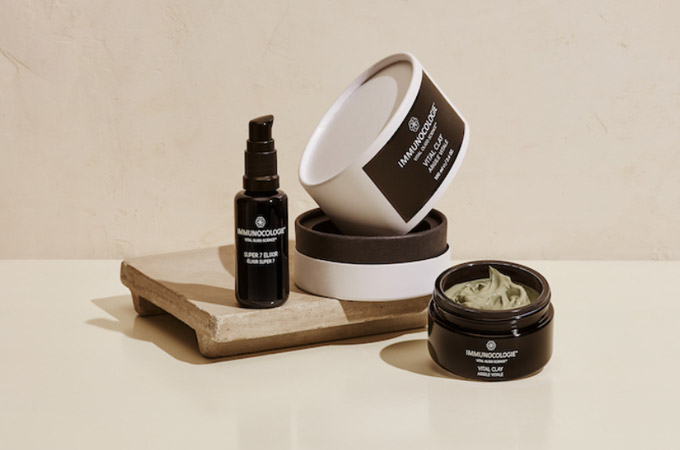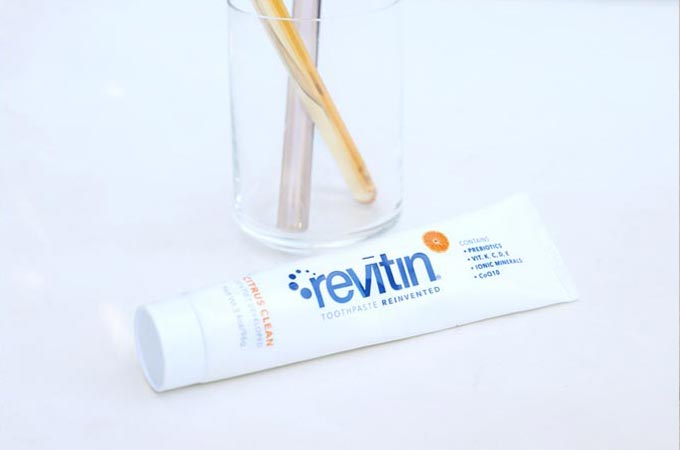7 Simple Science-Backed Rules for Living Longer
Top longevity scientist Eric Topol, author of the new book Super Agers, tells National Geographic which biohacks for a longer life are backed by science—and which you can skip.
Humans have long tried to cheat death. And over the last 40 years, this collective obsession with longevity has led to landmark scientific breakthroughs and a booming anti-aging industry.
Scientists are chasing novel interventions to turn back the clock, while health-conscious biohackers are volunteering as lab rats—taking drugs like rapamycin and “young blood” plasma infusions in hopes of staying forever young. Annually, the average American spends more than $6,000 on wellness.
Scientists are closer than ever to cracking the code of aging, yet the broader field of longevity is awash with misinformation. To set the record straight, Eric Topol, a pioneering cardiologist and one of the world’s top-cited scientists, wrote Super Agers: An Evidence-Based Approach to Longevity.
“Science has shown us that reversing aging, not just extending lifespan, is possible,” says Topol, the founder and director of the Scripps Research Translational Institute. “While the science is advancing at high velocity, the predators are also flooding in, hawking products or services that aren’t proven, potentially dangerous, or a waste of money.”
In conversation with National Geographic, he discusses the technology revolutionizing the way we age, the pervasive pseudoscience running rampant across the longevity movement, and the most powerful “biohacks” that could transform your health.
In a sea of quack “experts” and wellness influencers cashing in on our fear of death, Topol offers an evidence-based guidebook to aging well:























